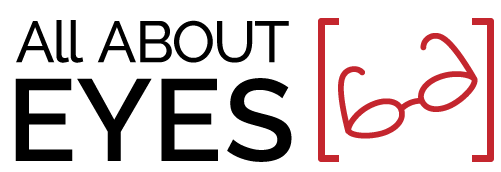Blue light is part of the spectrum of light particles that come from primarily the sun. There was a time — before technology and electricity — when the sun was the only source of that type of light. And it was good for you! Good for your sleep schedule and good for your mood.
That was then, in the Time Before Technology. Today, blue light sources are all around us: fluorescent lights, LED lights, light from computers, tablets, smartphones, and TVs. And unlike the sun, which sets after 8 or 12 hours (depending on the season), our devices are on, emitting blue light, well into the night.
And as we all know, too much of a good thing is, well, too much.
According to Prevent Blindness, “Blue light exposure you receive from screens is small compared to the amount of exposure from the sun. And yet, there is concern over the long-term effects of screen exposure because of the close proximity of the screens and the length of time spent looking at them.”
With the average worker spending at least seven hours a day on their computer, with blue light emitting from that device and others all during that time, many health problems can develop that cause what is known as either Digital Eye Strain or Computer Vision Syndrome. The American Optometric Association (AOA) has identified the following common health problems:
- Eyestrain
- Headaches
- Blurry vision
- Dry eyes
- Neck and shoulder pain
 To combat Digital Eye Strain, the AOA recommends a 20-20-20 approach: take a 20-second break, look at something 20 feet away, and do this every 20 minutes. This helps to refocus the eye from things up close to things far away, which can help to alleviate eye strain.
To combat Digital Eye Strain, the AOA recommends a 20-20-20 approach: take a 20-second break, look at something 20 feet away, and do this every 20 minutes. This helps to refocus the eye from things up close to things far away, which can help to alleviate eye strain.
All About Eyes recommends an anti-reflective coating on your glasses that helps to combat the blue light effects, while still allowing over 99% of non-reflective light in, so you can see. This, in combination with the 20-20-20 approach and making sure you limit your screen time, will greatly reduce the negative impact our modern technology has on our eyes.

